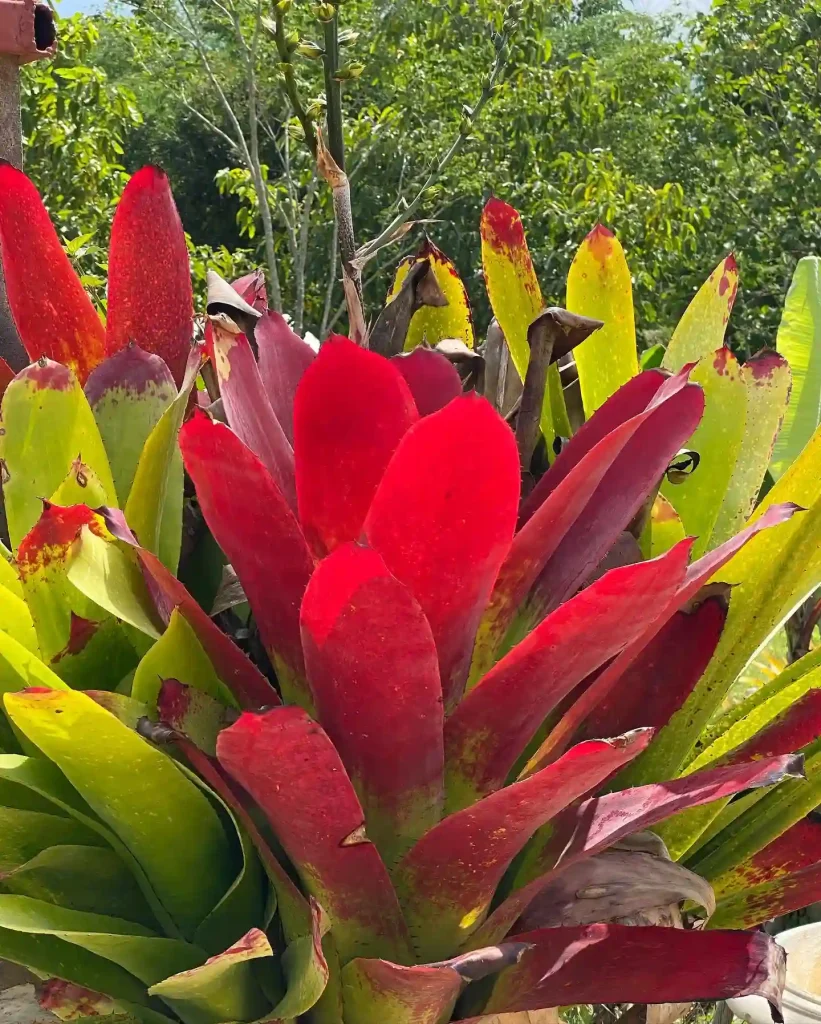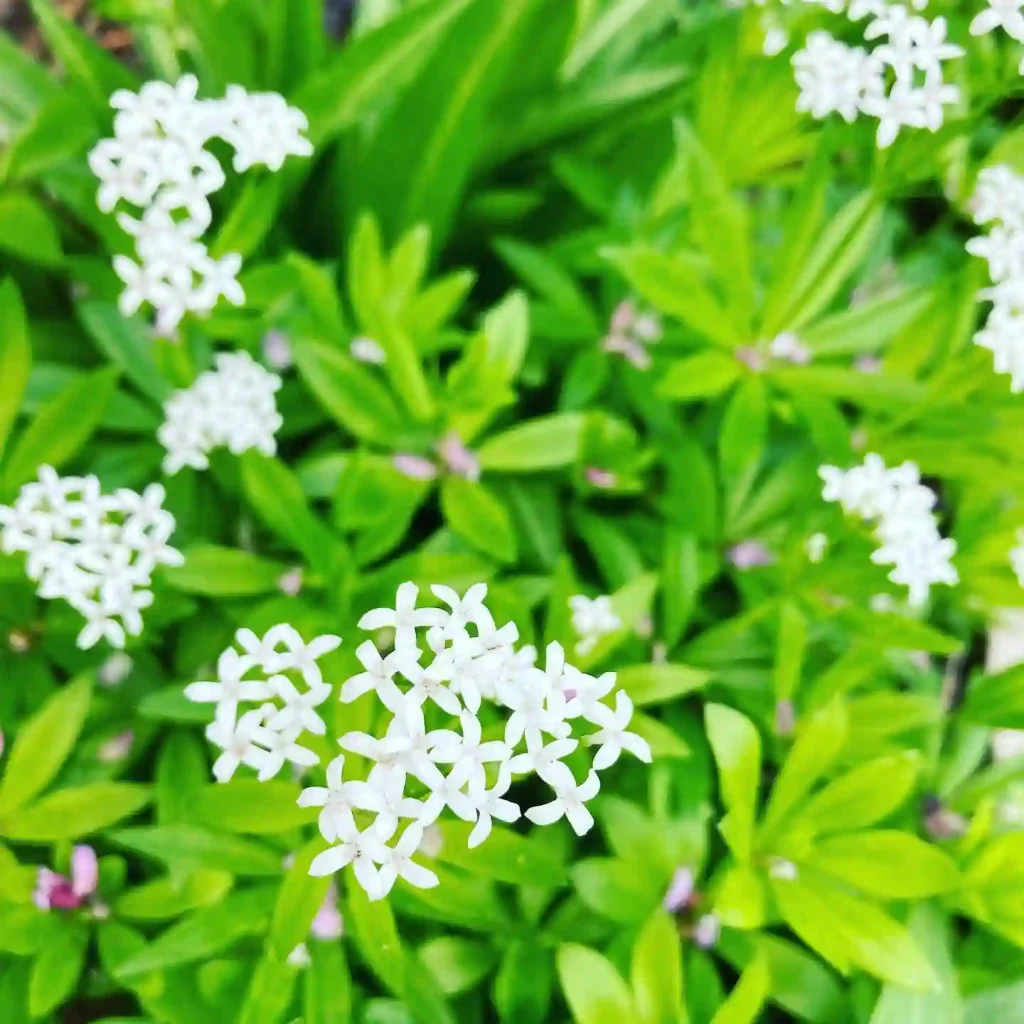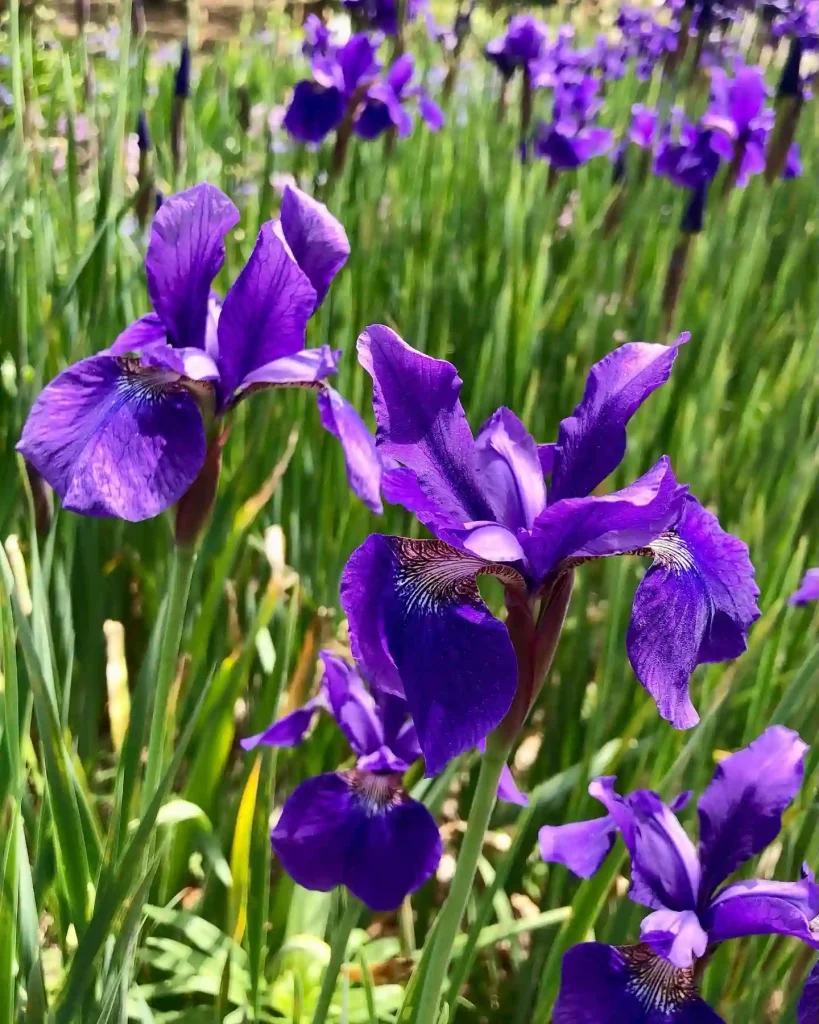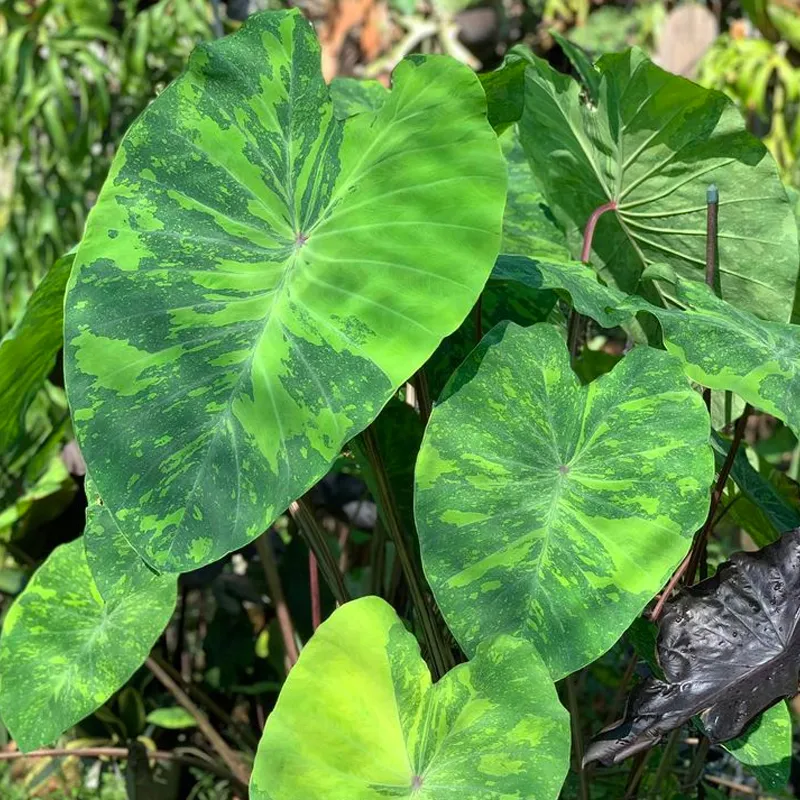
What is a Baptisia australis?
Baptisia australis, commonly known as blue false indigo or wild blue indigo, is a perennial flowering plant in the pea family (Fabaceae). It is known for its striking blue flowers and clover-like foliage. This plant is native to North America and is often found in prairies, meadows, and open woodlands.
25 Species in Genus Baptisia
What do wild blue indigo Baptisia australis shoots look like?
The shoots of Baptisia australis emerge in the spring as dark green or purplish-green stems. They are thick and sturdy, with small, trifoliate leaves that are arranged alternately. The young shoots are somewhat reminiscent of asparagus in their early stages before they expand and develop the characteristic leaves and flowers.
Is Baptisia australis poisonous?
Baptisia australis is considered mildly toxic if ingested. The plant contains alkaloids that can cause gastrointestinal discomfort if consumed in large quantities. However, it is generally not considered highly poisonous to humans or animals.
Do deer eat Baptisia australis?
Deer typically avoid eating Baptisia australis. The plant is considered deer-resistant, making it a good choice for gardens in areas where deer are prevalent. Its tough foliage and mildly toxic properties deter browsing.
How to grow Baptisia australis from seed?
Growing Baptisia australis from seed involves a few steps. First, the seeds need to be scarified by nicking the hard seed coat or soaking them in hot water for several hours. After scarification, sow the seeds in well-draining soil either in pots or directly in the ground. Plant the seeds in late fall or early spring, as they need a period of cold stratification to germinate. Keep the soil moist but not waterlogged. Germination may take several weeks, and the plants will take a few years to mature and flower.
How to make dye from Baptisia australis?
To make dye from Baptisia australis, traditionally, the plant’s leaves and stems are harvested when they are in full bloom. The plant material is then soaked and fermented in water to release the indigo pigment. After fermentation, the liquid is aerated by stirring or pouring it back and forth between containers to oxidize the pigment. The dye can then be used to color fabrics. This process is similar to traditional indigo dyeing techniques.
Does Baptisia australis reseed?
Yes, Baptisia australis can reseed itself in the garden. After flowering, it produces seed pods that eventually dry and split open, dispersing seeds. If you want to encourage self-seeding, leave some of the seed pods on the plant at the end of the growing season.
How to cut back Baptisia australis?
Cut back Baptisia australis in late fall or early spring before new growth begins. Cut the stems down to a few inches above the ground. This helps to tidy up the plant and remove any dead or damaged stems. Cutting back also encourages healthy new growth in the spring.
How to divide Baptisia australis?
Dividing Baptisia australis can be challenging due to its deep and extensive root system. The best time to divide is in early spring before new growth starts or in late fall after the plant has gone dormant. Dig up the entire plant carefully, ensuring you get as much of the root system as possible. Use a sharp knife or spade to divide the root clump into smaller sections, each with at least one growing point and a healthy portion of roots. Replant the divisions immediately and water them well.
Is Baptisia australis invasive?
Baptisia australis is not considered invasive. It is a well-behaved native plant that forms clumps and spreads slowly over time. It can reseed in the garden, but it does not typically become aggressive or outcompete other plants.
Is Baptisia australis native to Maryland?
Yes, Baptisia australis is native to Maryland. It is part of the native flora in many parts of eastern and central North America, including Maryland, where it can be found in natural habitats such as meadows and open woodlands.
Is Baptisia australis native to Michigan?
Baptisia australis is not typically listed as native to Michigan. It is more commonly found in the central and eastern United States, with its range extending into parts of the Midwest. While it may not be native to Michigan, it can still be grown successfully in gardens there.
If i die, water my plants!



